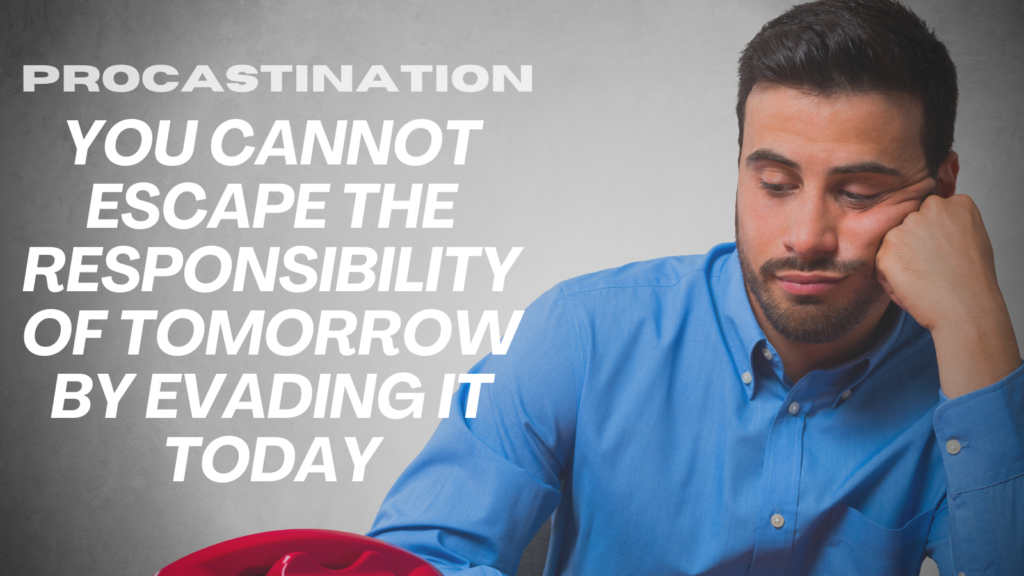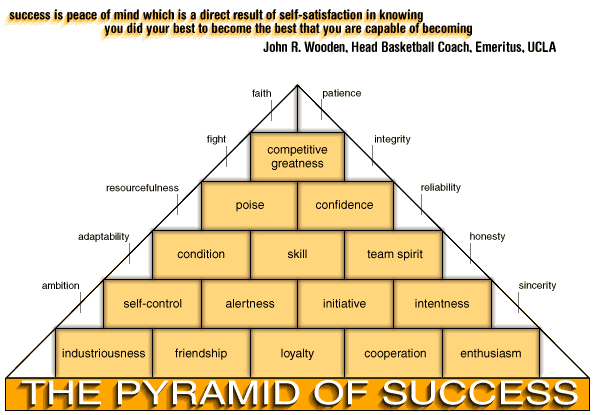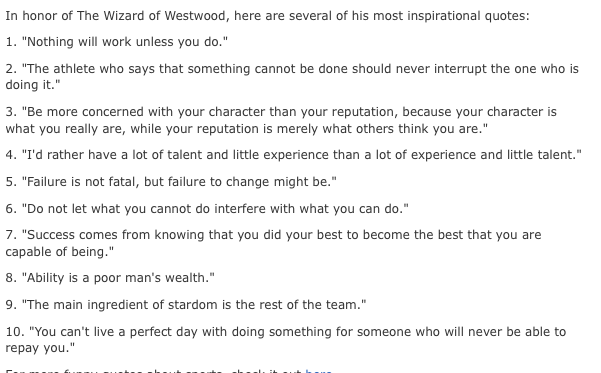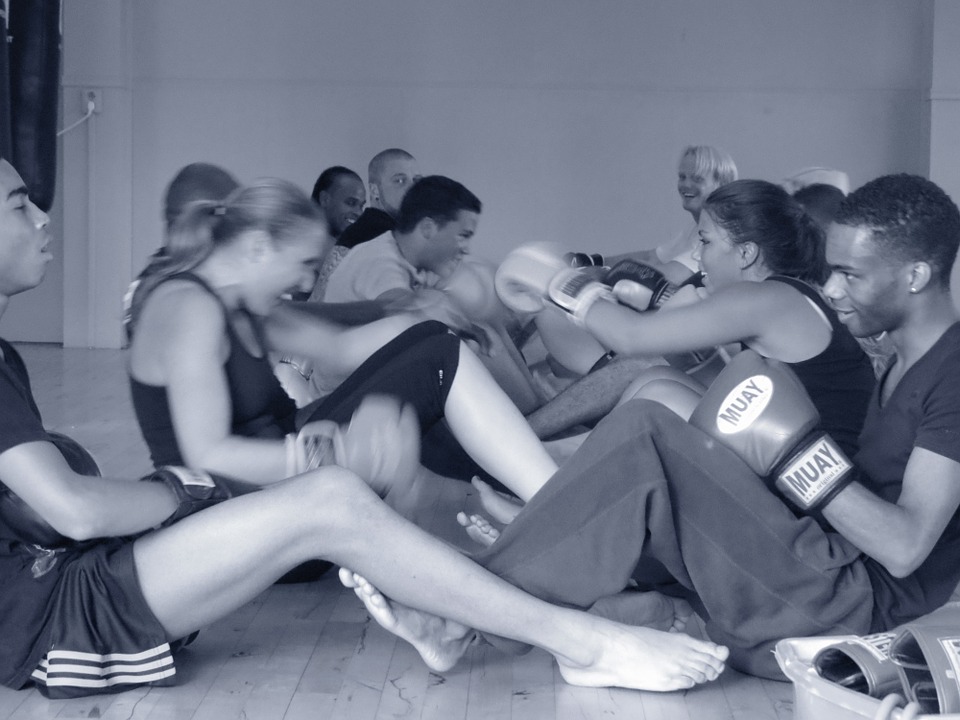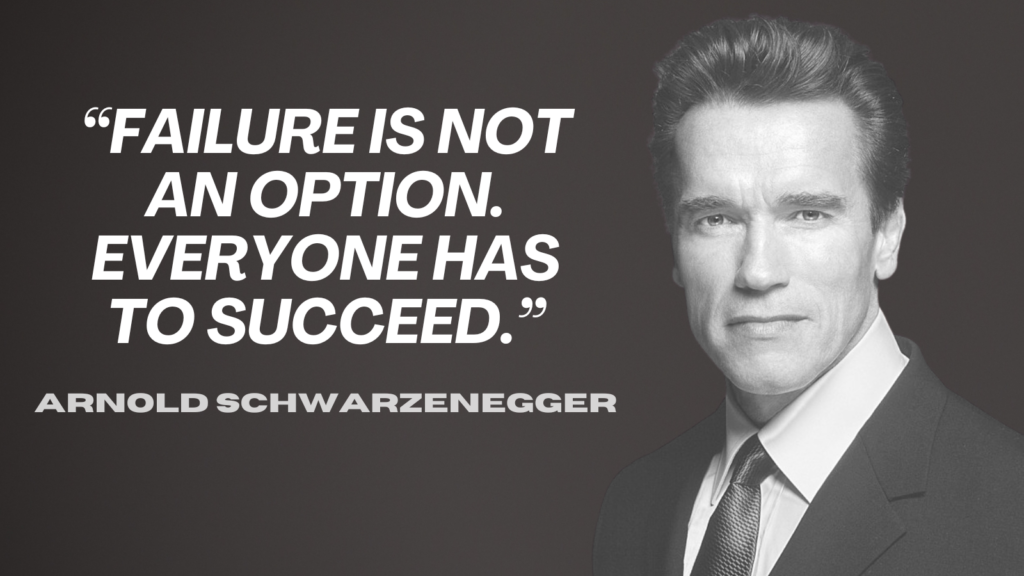
Everybody is a genius, but if you judge a fish by the ability to climb a tree, it will live its whole life believing that is stupid
– Albert Einstein
It’s generally assumed that Attention Deficit Hyperactivity Disorder or ADHD is a problem if not an actual disease.
This is implied in the very word “disorder.” However, if you really think about it and look at all of the implications of having ADHD or ADD, you’ll find that there are advantages as well as disadvantages.
Whether you look at ADHD as a disorder or opportunity is partly a matter of perspective. It also depends on your environment. For example, a student with ADHD might be labeled disabled in one school and gifted in another. The same is true for professions and careers. The same quality that’s criticized in one context may be praised in another. Let’s look at some of the often overlooked advantages of ADHD.
1, You’re Full of Energy
If you’ve been diagnosed with ADD or ADHD, chances are good that you have high energy levels. This is one reason you have trouble sitting still for extended periods of time. While this is often framed as something negative, you can look for situations where this quality is valued. Athletes, public speakers, high-ranking executives, people in the military and many other professions require high levels of energy.
2. You’re More Ambitious Than the Average Person
People with ADHD are often very ambitious. They place a high value on achievement and tend to have a variety of goals. If this fits your personality, you may think it’s a mixed blessing. It’s true that you have extra challenges when it comes to focusing on one task at a time.
On the other hand, it’s also likely that you’re willing to tackle more than the average person. If you’re an ambitious person with ADHD, the trick is to learn to harness your ambition. If you can find a way to delegate smaller tasks to others, you can focus more on long-term goals.
3. You’re Extremely Creative
People who have difficulty with attention span are often more creative than average. This quality is not always rewarded or appreciated. In school, for example, you’re expected to focus on one specific subject or assignment at a time.
Many conventional jobs are similar in this regard. Your mind may see all kinds of possibilities that others miss. The challenge is to find a work environment that matches your creative personality. This may involve having your own business or working in the arts.
4, You’re Good at Solving Problems
When you have an ADD or ADHD type personality, you have a tendency to think outside the box. While others may look at problems in a conventional manner, you’re more able to see alternatives that haven’t been previously considered.
This quality, which overlaps with creativity, is not always appreciated. In many situations, conformity is valued above innovation. If, however, you’re a consultant, inventor, entrepreneur or creative type, your ability to come up with innovative solutions can be a real benefit.
5. You’re a Risk Taker
As with most traits associated with ADHD, there are both pros and cons to being willing to take risks. In certain fields, such as finance, sports and starting new businesses this quality is helpful. On the other hand, you have to learn to keep it under control so that you take calculated risks.
This is definitely one of those qualities where there’s a delicate balance. A risk taker who is out of control may become a gambler or someone who starts new endeavors without doing the proper research.
On the other hand, if you can discipline yourself a little, you can channel this trait in a positive direction. If you can do this, you’ll often succeed and leave your more cautious colleagues behind.
6. You Have the Ability to see the Big Picture
The difficulty you have keeping your attention on one detail for extended periods of time has a positive counterpart. Because you’re constantly shifting your focus, you tend to see the big picture. Some researchers call this being a hunter rather than a farmer.
Hunters must use their enhanced focus to scan the area for prey and potential threats. In the modern world, you can use this quality by looking for new opportunities, possibilities and solutions in whatever you’re working on. Remember that in any organization, the people at the top have to see the big picture. That’s why many entrepreneurs and CEOs have been diagnosed with ADD or ADHD.
7. You’re Restless
People with ADD and ADHD are notorious for having a low tolerance for boredom. While this makes them annoying to teachers and managers, there’s definitely a positive side to this trait. Being restless is a virtue in many circumstances.
You may, for example, enjoy travel more than most people. This opens up many career possibilities that can make life interesting. Even if you stay put geographically, restlessness can inspire you to seek out new horizons while others are satisfied with the status quo.
There are positive and negative implications to each of the above qualities.
All too often, however, people focus only on the downside. By recognizing that there are advantages as well as disadvantages to ADHD, you can work on using your natural tendencies in a way that benefits yourself and others. This may require you to seek out people and environments where your particular qualities are valued.
Turning your ADHD into an asset is not easy. You may need to change some of your habits and, if necessary, seek help in keeping some of your symptoms under control. What’s important to remember is that your “disorder” can actually help make you more productive and successful.
By: Sarah F. (Guest Post)
You may also like:

